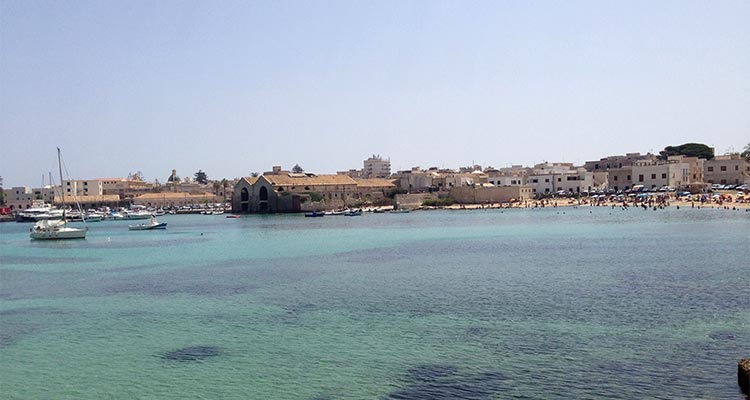If one asks an Italian their favorite summer dish, quite probably the answer will be tuna and tomatoes. Or pasta and tuna. Or simply tuna in a salad with fresh corn. Anyway, it’s tuna! In 2016, Italians consumed more than 150,000 tons of the canned fish, at a value of 1.2 billion Euros. Regardless of the season, tuna is a beloved food for everybody; even the youngest child or most senior elder can prepare and serve it simply with pasta or veggies. But this is a very different type of tuna, much finer than the mayonnaise-laced skipjack known as tuna salad in the US. These beautifully-preserved sections of fish in jars and cans are flavorful enough on their own — no mayo required.
Other countries are not far behind, and Italian exports are rising steadily; last year the total was about 23,531 tons. This tuna is sold mostly preserved in oil or natural juices and it is quite healthy: 25% protein alongside a large percentage of unsaturated fats, omega 3s, phosphorous, and a rich supply of essential vitamins including B3 and B12.
I admit, however, that I wasn’t thinking about nutritional ingredients when I was invited on a short press tour to visit the island where the most select tuna has been caught for centuries: Favignana. The main island in the Egadi archipelago not far off the Sicilian coast, it’s easily accessible by hydrofoil from Trapani. Not only is this a lovely, sunny place and a haven for naturalists — there is even a center for the rescue of sea turtles (caretta caretta) — it is also rich in history. In the surrounding waters, the first Punic war between Romans and Carthaginians was fought — and won by the Romans.

Bluefin tuna (thunnus thynnus thynnus) fishing has been practiced in Sicily since in Homer’s time and codified by the Normans between the 11th and 12th centuries. Over time, Favignana — and more specifically the Florio plant, which today hosts a museum to the practice — became known as the queen of tonnara fissa, an ancient, stationary tuna-fishing system.
Each spring, nets were lowered into the sea and anchored to the bottom until they were brought up to the surface 40 days later, brimming with delicious bluefin. Several kilometers of nets were arranged to form a series of communicating ‘rooms’ that tuna were induced to enter (but from which they could not exit), until they arrived at the last, the ‘death room’. Once filled, the raìs (crew cheif) would give an order to fish, leading to the most famous moment of this ritual — the mattanza (tuna slaughter). The sea would ripple with struggles of both fish and men, the latter trying to land them in small boats, while all around the water would be dyed red with blood. In the 19th and 20th centuries, as soon as the fishing was finished, tuna boats headed for the island’s factory for immediate processing.

These days and hours of tension and heavy physical effort were perfectly synchronized with the rhythm of ancestral cialome [ch-ee-ah-loh-meh], a type of prayer and propitious song, suggestive of a religious syncretism that blends Jewish, Arab and Christian elements.
The tonnara fissa fishing system is ecologically balanced because the number of tuna caught each year is not high. But it has not been enough for world demand in the last few decades. This particular kind of tuna, in fact, has become prized Japan, where it can be worth hundreds of thousands of dollars. In addition, international corporations began fishing tuna intensively with a tugboat net — tonnare volanti – which drove the bluefin population nearly to extinction. So, in 2008, the EU was forced to end Favignana’s centuries-old tradition.

The bluefin population has begun to rebound in the Mediterranean, but to preserve it the EU sets up an annual quota for each country. This means that most of the canned tuna in Italy is not bluefin, but the more common and less expensive yellowfin. Though this tuna is now processed at plants in Trapani, Sardinia and Malta, there is an emerging petition to resume sustainable bluefin fishing and re-open the famed Florio plant on Favignana.
Today the island’s traditional tuna dishes have become rare and costly. Delicacies such as mosciame (lean filet), bottarga (roe), ficazza di tonno (a hard salami made with bits of tuna) and even the heart can only be found in a few starred Michelin restaurants around the world. Those lucky enough to experience this unique fish, however — especially aside the fragrant Favignana white wine, such as Firriato’s Favinia La Muciara, which is made with grapes cultivated on the little island — will not easily forget it.


